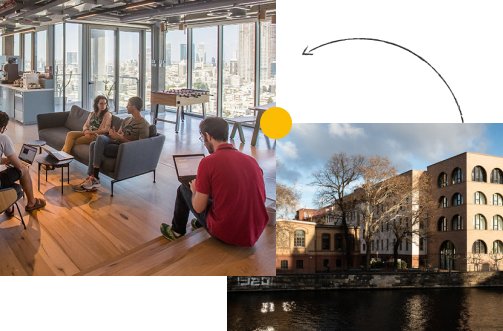Towards gender-equitable privacy and security in South Asia
Abstract
2017 marked the year when half the world went online. But women remain under-represented on the Internet. Nearly two-thirds of countries have more men than women online [1]. South Asia has one of the largest gender gaps when it comes to mobile and Internet access: 29% of users from India are women and they are 26% less likely than South Asian men to own a phone [2]. A large and growing population of nearly 760 million women live in India, Bangladesh, and Pakistan [3-5]. As a result a growing affordability and ease of access, women will comprise a significant proportion of new Internet users. As the gaps close online, there is enormous potential for security and privacy technologies to turn towards gender-equitable designs and enable women to equitably participate online.
